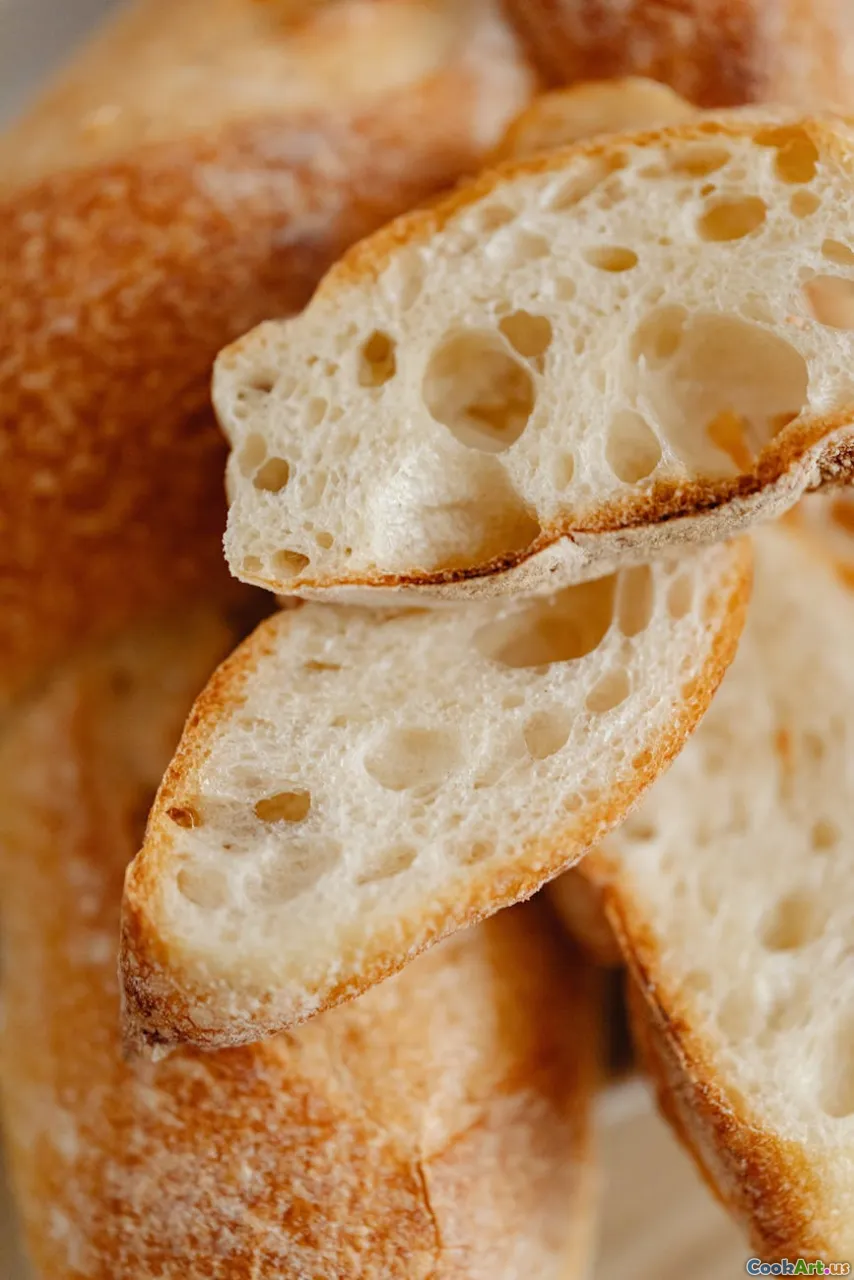The Versatility of Whole Grain Flours
5 min read Discover the incredible versatility of whole grain flours in your cooking and baking, enhancing flavor, nutrition, and creativity. April 07, 2025 10:00
The Versatility of Whole Grain Flours
Whole grain flours have gained significant popularity in recent years, not only for their health benefits but also for their versatility in the kitchen. Unlike their refined counterparts, whole grain flours retain the bran, germ, and endosperm of the grain, offering a richer flavor profile and a plethora of nutrients. This article delves into the various types of whole grain flours, their unique characteristics, and how to incorporate them into your cooking and baking routines.
What Are Whole Grain Flours?
Whole grain flours are made by grinding the entire grain kernel, which includes three parts:
- Bran: The outer layer, rich in fiber and antioxidants.
- Germ: The nutrient-rich core, packed with vitamins and healthy fats.
- Endosperm: The starchy middle layer that provides energy.
Common types of whole grain flours include:
- Whole Wheat Flour: The most common whole grain flour, perfect for breads and pastries.
- Rye Flour: Offers a robust flavor, ideal for dense breads like pumpernickel.
- Oat Flour: Naturally gluten-free, great for cookies and pancakes.
- Spelt Flour: An ancient grain with a nutty flavor, excellent for artisan breads.
- Barley Flour: Adds a sweet, nutty taste, suitable for baked goods and soups.
Health Benefits of Whole Grain Flours
- Nutrient Density: Whole grain flours contain more vitamins, minerals, and antioxidants than refined flours, contributing to better overall health.
- High Fiber Content: The bran in whole grain flours promotes digestive health, helps maintain stable blood sugar levels, and fosters a feeling of fullness.
- Heart Health: Regular consumption of whole grains is linked to a lower risk of heart disease, thanks to their ability to lower cholesterol levels.
Cooking and Baking with Whole Grain Flours
1. Substituting Whole Grain Flours
When substituting whole grain flours for all-purpose flour, keep in mind that their denser texture can affect the final product. A common rule of thumb is to replace up to 50% of the all-purpose flour with whole grain flour in recipes. This provides nutritional benefits without compromising texture.
2. Adjusting Liquid Ratios
Whole grain flours absorb more moisture than refined flours. When using whole grain flour, consider increasing the liquid in your recipe by about 10-20%. This adjustment ensures your baked goods remain moist and tender.
3. Flavor Pairings
Whole grain flours bring a unique flavor to your dishes. For instance, pair oat flour with fruits like apples or bananas for delightful pancakes or muffins. Rye flour complements spices and seeds, making it perfect for hearty breads.
Creative Uses for Whole Grain Flours
- Breads: Whole grain flours lend themselves wonderfully to rustic breads. Experiment with a mix of whole wheat and spelt for a flavorful loaf.
- Pasta: Make your homemade pasta more nutritious by using whole wheat or spelt flour.
- Cookies: Oat flour can be a delightful substitute for all-purpose flour in cookies, adding a chewy texture.
- Thickening Agent: Use barley flour to thicken soups and sauces, providing a depth of flavor.
Conclusion
Whole grain flours are not only versatile but also an excellent way to enhance your cooking and baking. Their unique flavors, combined with their health benefits, make them a worthy addition to any culinary repertoire. Whether you are an experienced chef or a home cook, embracing whole grain flours can inspire creativity and elevate everyday meals. So, next time you're in the kitchen, consider reaching for whole grain flour and discover the delicious possibilities it holds!









